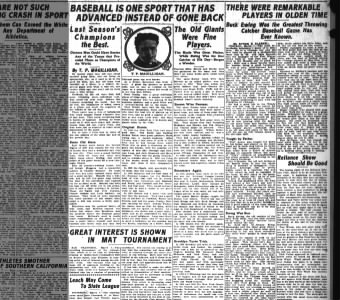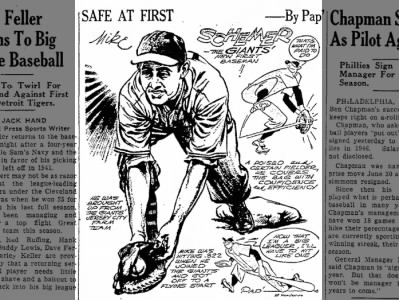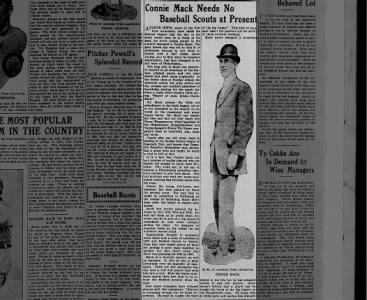Someone asked me at work this morning who I see winning Game 7 of the World Series this evening. It’s a tough call. On one hand, I’ve been a Giants’ fan since first grade. Even my girlfriend, a devout A’s fan, hasn’t broken me of this. But I’ll admit my girlfriend and I didn’t make it through all of last night’s game. We’re big fans of the F/X series “Sons of Anarchy” and while the sixth season, which was just added to Netflix, has thus far been relentlessly downtrodden, it was a more appealing option than watching the Royals expand the 8-0 lead they took in the third inning last night.
Based on Tuesday’s game and the fact that no road team has won a World Series Game 7 since 1979, my gut says Kansas City will prevail this evening. And I don’t know if that bothers me too much. While the Giants have two titles from the past five seasons, “Back to the Future” was in theaters the last time the Royals won anything. I always like a good underdog story. But there’s a good thing that could happen if the Giants win tonight: Tim Hudson might cement his Hall of Fame candidacy.
In sabermetric circles, I suspect Hudson already seems destined for Cooperstown. According to the Baseball-Reference.com Play Index tool, Hudson’s lifetime 56.9 WAR is second-best among active pitchers, behind Mark Buehrle. Hudson bests Buehrle for FIP, 3.75 to 4.10 and ERA+ as well, 122 to 117. According to the Play Index tool, Hudson is also one of 13 pitchers who have at least 200 wins and a 120 ERA+ but aren’t enshrined. I suspect the majority of these pitchers will be inducted over the next 10-20 years. In alphabetical order, they are:
- Kevin Brown, 211 wins, 127 ERA+
- Bob Caruthers, 211 wins, 122 ERA+
- Eddie Cicotte, 209 wins, 123 ERA+
- Roger Clemens, 354 wins, 143 ERA+
- Roy Halladay, 203 wins, 131 ERA+
- Tim Hudson, 214 wins, 122 ERA+
- Randy Johnson, 303 wins, 135 ERA+
- Silver King, 203 wins, 121 ERA+
- Pedro Martinez, 219 wins, 154 ERA+
- Mike Mussina, 270 wins, 123 ERA+
- Curt Schilling, 216 wins, 127 ERA+
- John Smoltz, 213 wins, 125 ERA+
- Will White, 229 wins, 121 ERA+
But sabermetrics has only recently entered into consideration for some Hall of Fame voters [with many other voters still rejecting it] and even by advanced metrics, Hudson doesn’t look anything like the lock Bert Blyleven was for Cooperstown. For WAR and ERA+, Hudson ranks as something like his generation’s version of Billy Pierce, maybe one of the more underrated pitchers in baseball history by sabermetrics but a distant Veterans Committee candidate today. Much as some of my friends in baseball research may protest, I fear Hudson is destined to be historically underrated as well. It’s why I didn’t recently predict Hudson being inducted in the next 20 years.
A memorable outing from Hudson tonight could change this. A memorable postseason performance can make a good but generally not great player a viable Hall of Fame candidate. Just ask Bill Mazeroski or Jack Morris. While much talk in the media today has centered around how much Madison Bumgarner may pitch in relief on three day’s rest, I’d like to think the 39-year-old Hudson has something special in store.


